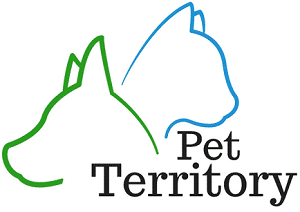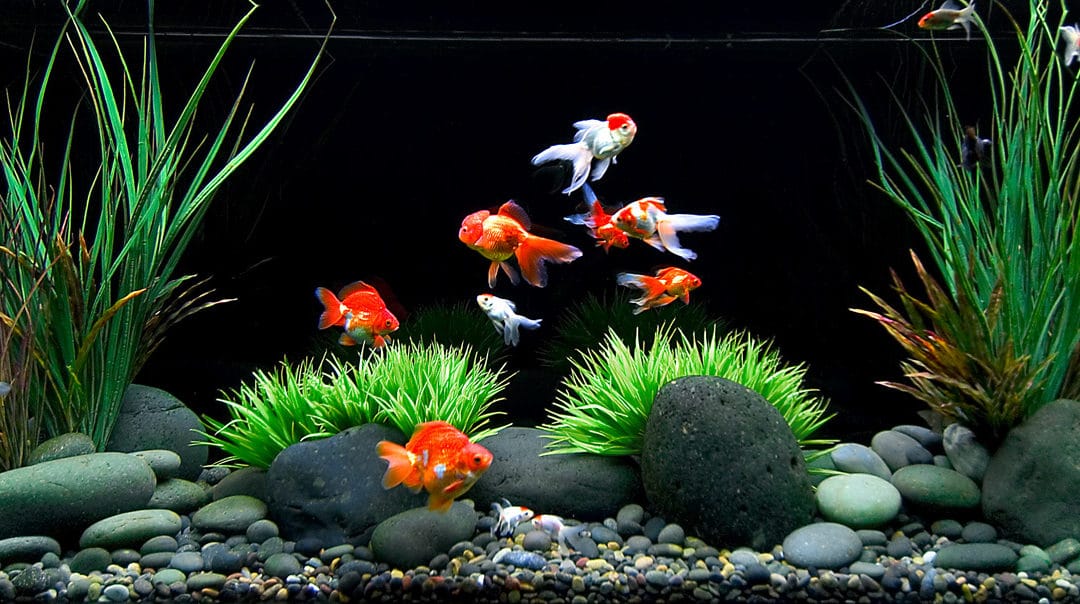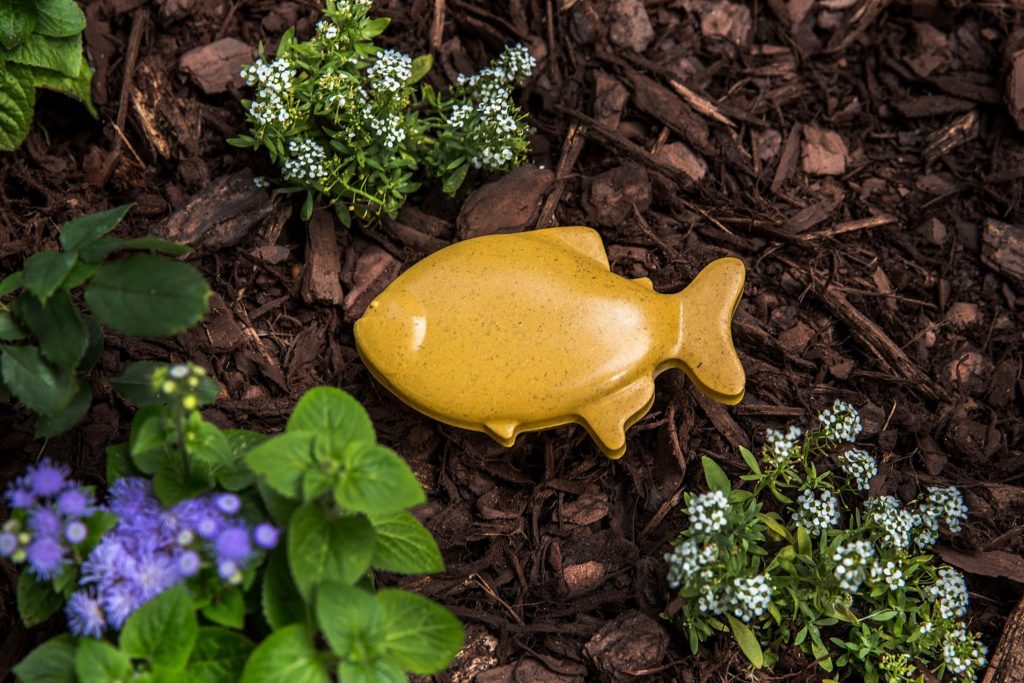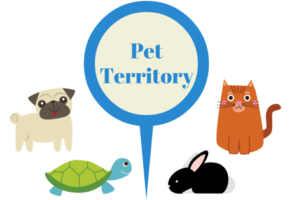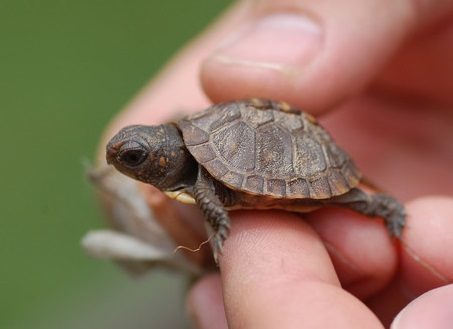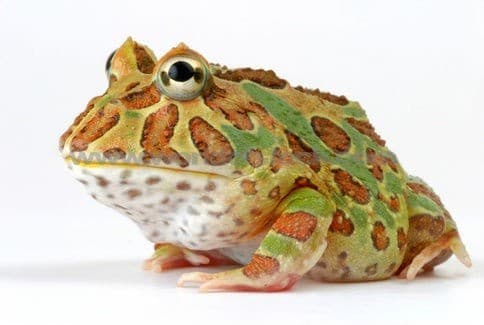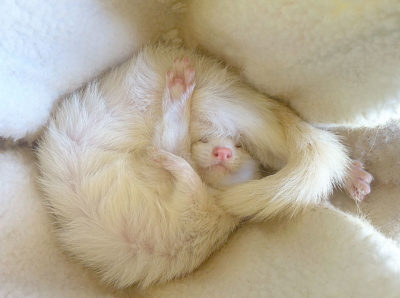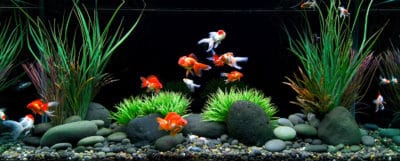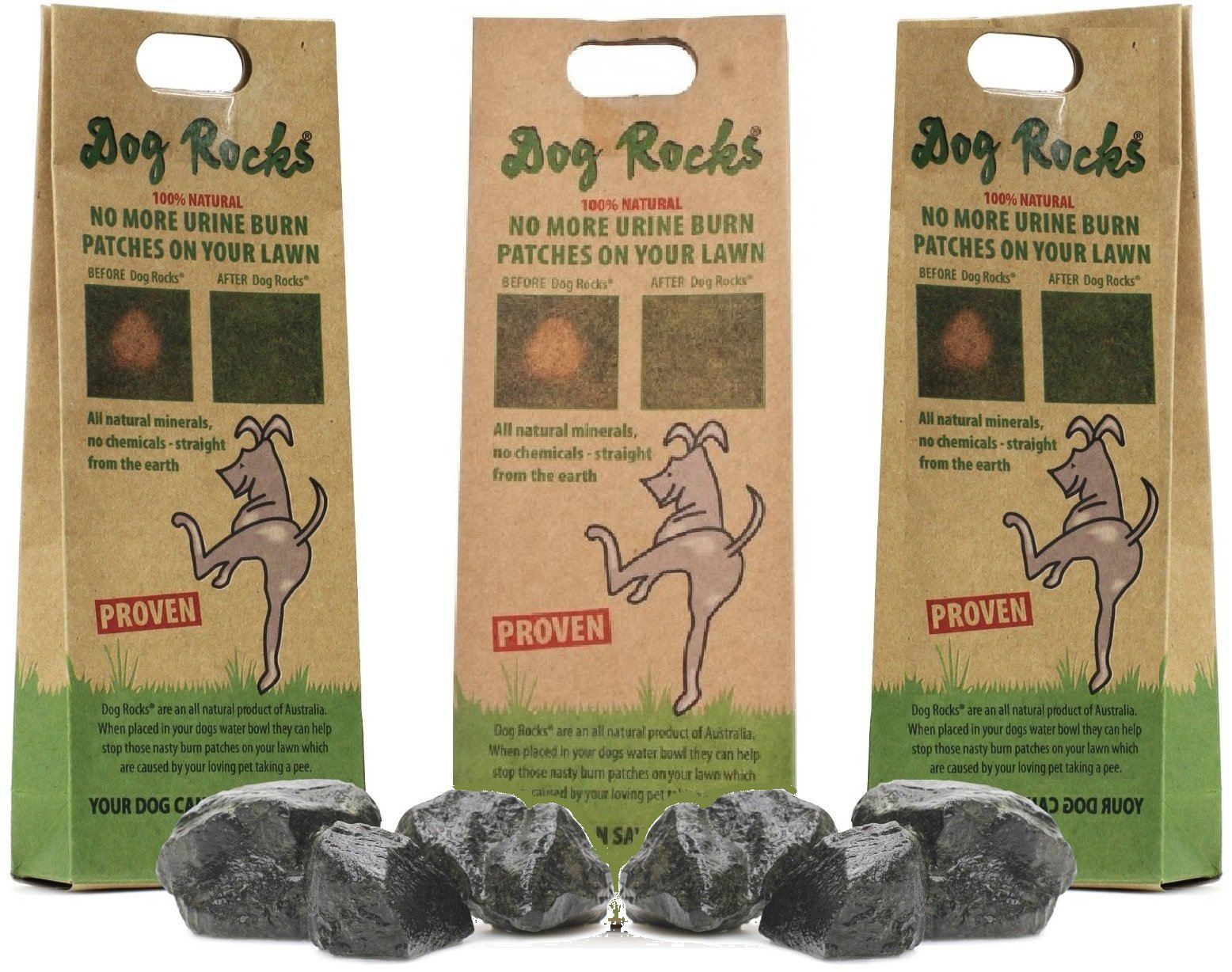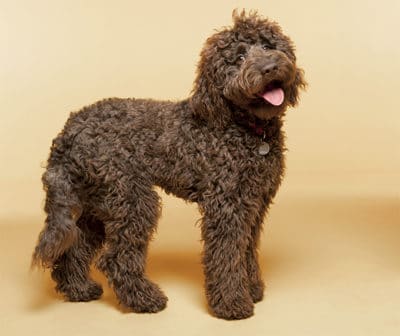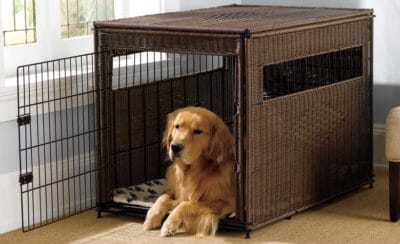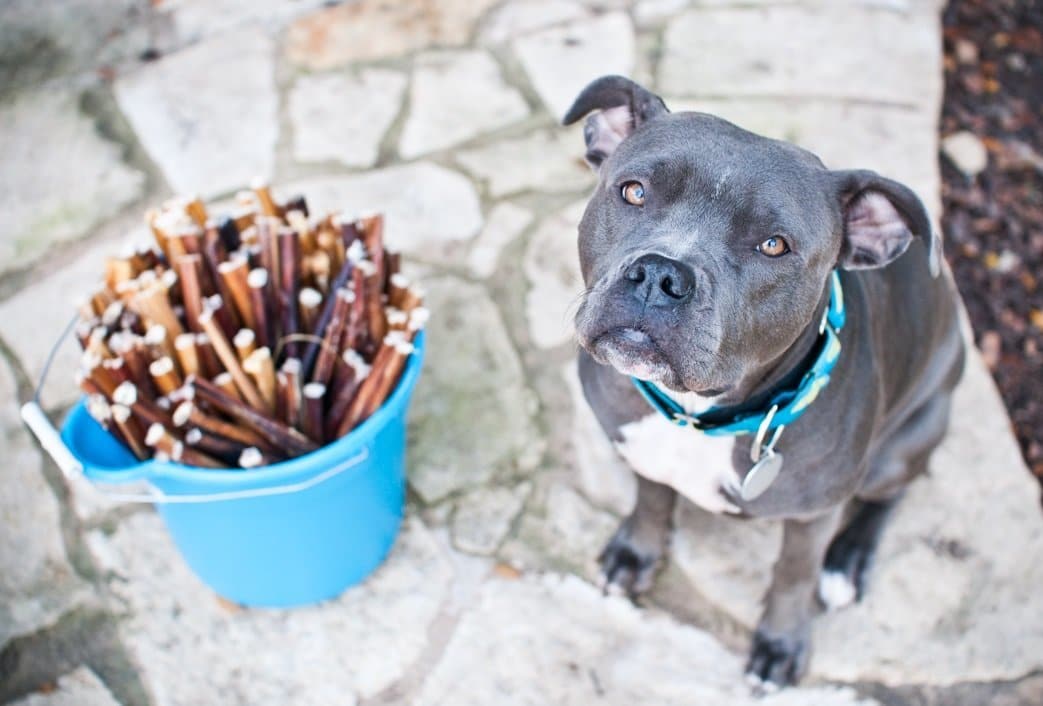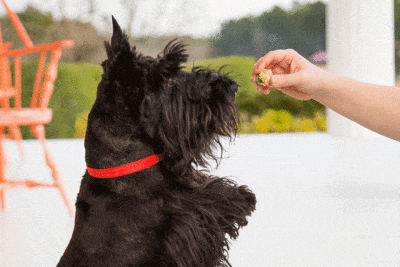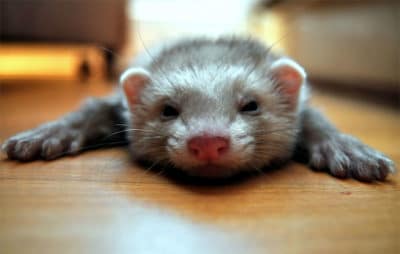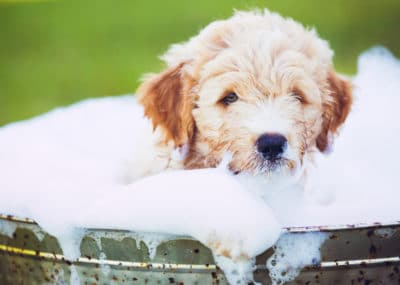Common goldfish are one of the most popular types of pet fish. They are a hardy breed of fish that if cared for properly will live a long time. Many people make the mistake of thinking that a goldfish is the easiest first pet to take care of. While they are not high maintenance like a cat or dog, there are still some things you need to keep in mind. The bulk of the work is setting up a tank properly. Once the environment is set up the right way, the ecosystem will take care of its self for the most part. In this article, we’ll talk about how to take care of a goldfish, how to set up a goldfish tank, and how to clean a goldfish tank.
Goldfish take many first place prizes among their fishy friends. They are the first fish to be domesticated, which took place in China, and they’re number one in popularity of domesticated fish. Goldfish are also the most common first pet fish aquarium owners buy.
How to Care for a Goldfish and Setup a Goldfish Aquarium
If you do these seven things right your goldfish will grow to a healthy size and live a much longer life.
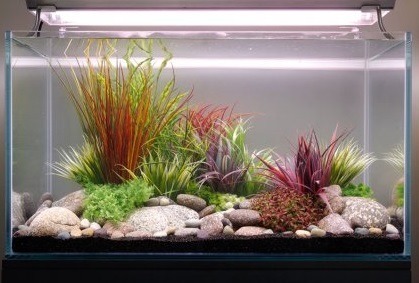
1. A large tank. Remember, commonly bought goldfish grow to about 10-12 inches in length. Sometimes they may even get bigger! The smallest size tank you can get away with is about a 20 gallon tank. For each additional goldfish you’ll need to add an additional 10 gallons. Be mindful of what type of goldfish you buy. There are comet, common, and single tail goldfish to name a few. Single tail goldfish for example, get massive and pretty much need a pond or a tank for 150 gallons. When most people think of goldfish, they think of a goldfish placed in a bowl. I don’t know why they are portrayed in small bowls. This is one of the main reasons goldfish are known to have short life spans, since small bowls allow ammonia to build up quickly which will eventually kill a goldfish. The oldest known goldfish lived 43 years old. If you give it a decent sized aquarium like the Tetra 20 Gallon Complete Aquarium Kit it will have a long good life and grow to a healthy size.
2. Install a water filter. Goldfish must have a filter. This is an essential part of keeping a goldfish healthy. By the same token, all fish tanks benefit from water filters. It will keep the water clean by breaking down fish waste, remove odors, trap larger particles like excess and old fish food, and remove other organics and discoloring of water. Given all the different kinds of aquariums, there are three main categories of filters. This includes canister filters, wet/dry filters/ and hang on back filters. Hang on back filters or as some fish owners call hob filters do exactly what they say. They hang on the back rim of your tank and bring water in and out. They are the most popular filters and you can usually get a decent price on them. The next step up is a canister filter. This will sit beneath your aquarium and are more efficient than hob filters. They are nearly silent but are a bit pricier. Wet/dry filters are for serious fish owners with tanks and aquariums 50 gallons and up. They are significantly bigger than hob and canister filters.
3. Use the right gravel bedding. You want to use either large rocks or very small gravel since goldfish like to dig around for food that has fallen to the bottom. One of the best options around is GloFish Gravel, which glows in the dark and suits goldfish perfectly. Also, it’s always a good idea to clean your gravel before putting it in the tank. Don’t ever use soap- just rinse with water. Even new gravel will contain some impurities. Rinsed gravel will give your goldfish a great environment to flourish.
4. Tank Scenery, Lights, and Plants. In the wild, fish have plenty of natural architecture to explore in reefs and what have you. In captivity, you provide the entertainment. A big rock or wood centerpiece will give your fish a place to explore and to hide. Fish are curious little guys and love to explore nooks and crannies. The thing to watch out for are decorations with sharp edges or large hollow spaces. Bacteria flourishes in such hollow places and sharp edges may injure your fish’s fins. As far as plants go, you can get either artificial plants like this faux coral reef, or you can choose real plants. Real plants come with the special benefit of helping absorb some contaminants such as nitrates and ammonia that build up in a tank overtime. Though goldfish don’t require light to survive, they will appreciate about 12 hours of light. This will also help you see them better and their natural coloring. You’ll get the joy of watching them grow.
5. Change the water. An integral part of fish care is keeping the water clean. If you’re planning on a goldfish bowl, the water needs to be cleaned and conditioned for the goldfish to stand a chance. You can find the perfect water conditioner for your goldfish here (you only need a few drops). Maintenance of a tank is much easier and can be less frequent. A tank of about 15 gallons would be perfect for a single goldfish and you would only need to change about 30% of the water every week. Weekly changing isn’t to hard to stick to, and all you need to do is drain out the upper third portion of water and then re add the same amount to the tank of clean water.
6. Get the right food. What exactly do you feed your pet goldfish? Well, you have some options. Most store bought goldfish food comes in the form of flakes or pellets. Depending on the size of your fish and the capacity of the tank, one might make more sense than the other. Generally speaking, bigger fish are able to handle more food, so pellets are optimal. But if you have a young or small fish friend, flakes are the way to go. You’ll want to feed your fish on a schedule and only give them a small amount at a time. Stick closely to the label for best results.
7. Maintain the environment. Goldfish thrive in environments that resemble their native habitats, so make sure to keep your tank scenery, chemical levels, and cleanliness in the right balance. Perform regular inspections and look to see how your goldfish is doing. If its colors are vivid and it has lots of energy, you’re set to go. If not, try doing a test of the water to make sure that it’s at the correct pH level. One of the best options for this is the API Test Kit. Ultimately, if you perform the right care and make sure that your goldfish is well taken care, you will have a companion for years to come.
Top 5 Myths about Goldfish Care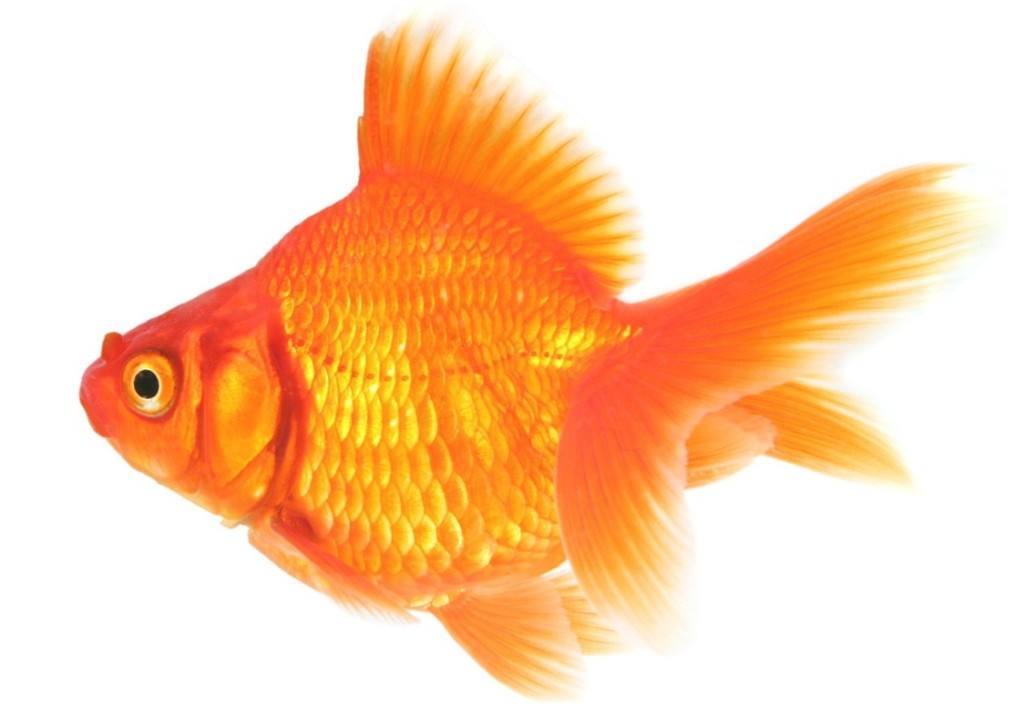
Here are the five most common misconceptions of goldfish.
1. Goldfish are inexpensive and replaceable. Sure, common goldfish are relatively inexpensive and commonly found at pet stores. Properly caring for a goldfish is still costs some money, especially getting the tank set up. Some owners carry the mindset that they will just replace a goldfish if it dies. However, if you can provide and care for your goldfish well it will grow into an awesome fish that will last a long time. Fancy goldfish types can actually be more expensive than many tropical fish. These grow into magnificent aquarium fish owners can be proud of.
2. Goldfish flourish in goldfish bowls. This certainly isn’t the case. The main reason most people think goldfish thrive in a fish bowl can be explained by their portrayal in the media. This portrayal goes back in time to when goldfish were first domesticated in China by the nobility. Nobility would keep fancy viewing ponds stocked with gold fish, much like the koi today. Overtime the nobility moved their goldfish indoors and they used glass fish bowls. Although these provide a great 360 degree viewing of the fish, they were never designed with the health and welfare of the fish in mind. Fish bowls and difficult to clean and have minimal surface area for oxygen exchange. Furthermore, setting up a filter is near impossible with a fish bowl.
3. Goldfish are short lived. This goes hand in hand with the previous point of people keeping goldfish in fish bowls. Sure, if you improperly care and house your goldfish they will have very short lives. On the other hand, if you make the right moves your goldfish will live for perhaps 15 years or even longer. The oldest known goldfish on record lived to be 43 years old! Now that’s a hardy fish.
4. Goldfish are small. For the most part, goldfish will grow in relation to their environment. However, that does not mean there are healthy sizes and not so healthy sizes. For example, a goldfish kept in a fish bowl may stay pretty small (1-2 inches) but that just means they did not have a proper tank or nutrition. A healthy average size of most common goldfish is about 8 to 12 inches. Some goldfish will get be 18 inches or even longer. They never completely stop growing throughout their lives.
5. Goldfish aren’t very smart. If you think your goldfish isn’t very smart, you may be surprised to learn that they are very intelligent little creatures. With incredible learning abilities and social skills, your goldfish can pick up on other fish in the tank and even recognize you as its owner! They can accurately distinguish between sounds, patterns, and colors and have a memory-span of several months, if not more! By using positive reinforcement, you can even train your goldfish to accept food by hand. That’s pretty incredible for such a small sea animal.
Goldfish – An Excellent Starter Pet for Kids
Fish tend to be the “starter pets” for kids. However, that doesn’t diminish the important lessons of responsibility and compassion that are instilled from pet ownership. Learning to maintain and properly care for a pet goldfish can teach valuable life lessons and be a sense of pride for your child.
If you’re thinking about taking the plunge, be sure to do your research first. You can, in fact, start small and get a basic tank and set of scenery features. Just be sure to have all the equipment ready to go so you can be sure that your child’s goldfish begins its new life happy and healthy. Go through the motions with your child and help them get things set up.
It’s important to note that many carnival prize and inexpensive store-bought goldfish don’t last very long, so your young ones may see it pass away. The first instinct is to flush it down the toilet, but that s wrong and harmful for several reasons!
Some people choose to release their fish into the wild before it passes away. This creates infestations in drains and waterways that kill the ecosystem, creates a competitor and predator to local fish and affect the growth of native plants. Not only is it illegal and unfair to your pet.
Paw Pods’ fish shaped pods can help young ones avoid the trauma of seeing a pet flushed down the toilet. Paw Pods also offers other sizes of pods and urns, all bio-degradable, that allow owners the chance to bury their pets at home with a dignified, beautiful memorial. The pods can be decorated, giving children and adults a way to express their grief in a therapeutic form. A seeded leaf of perennial flowers is included with every pod. Its annual blooms create a living memorial to a treasured friend.
Paw Pods recognizes that beyond the unconditional, loyal love pets give us, their carbon footprint on our planet is next to none, so their afterlife should follow suit. All pods and urns are made of bamboo powder, rice husk, and corn starch, designed to respectively degrade in 3-5 years after being introduced to the environment. Reassuring to pet owners is the fact that Paw Pods are extremely affordable, ranging in price from $9.99 to $149.99, a fraction of what traditional pet caskets cost. You may not need them right now, but they want to be there when you do.
